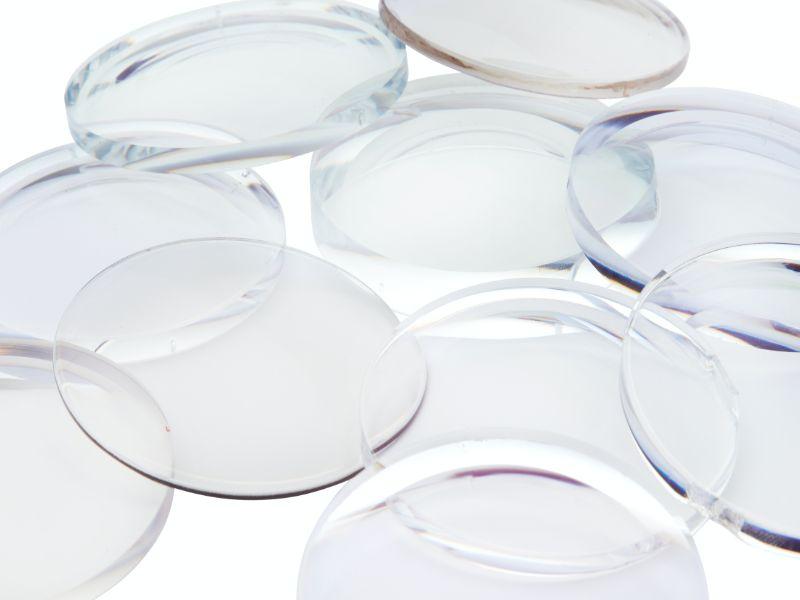Eyeglasses have been around, pretty much, for as long as human beings have been able to shape glass. But the engineering problems get a little trickier when the lens has to be placed directly on the surface of the eye.
So, while the idea of a contact lens might stretch all the way back to Leonardo Da Vinci (and beyond), the development of the technology has been the result of many contributors, and a steady improvement over successive generations of lens.
An 18th-century polymath, Thomas Young, is thought to have attached tubes to his eyes using wax. The 20th-century optometrist, William Feinbloom, struck upon the idea of combining glass with plastic to make the lens more malleable and comfortable. Later, water-absorbing ‘hydrogel’ materials became the standard, with silicon hydrogel now dominating the industry.
Types of contact lens
Nowadays, there are two distinct types of contact lenses to choose from. These are soft lenses, and rigid gas-permeable ones. The former tend to allow more oxygen to the cornea, and can be easier to adjust once they’re in position. The latter (often called RGPs) tend to produce better results when it comes to actual visual acuity. They’re also more durable, which tends to mean that they’re cheaper in the long term.
Vision correction mechanism
So, how do your monthly lenses do the actual work of correcting your visual problems? How can one device solve myopia, hyperopia, astigmatism, and presbyopia?
The answer is that they work in much the same way as traditional lenses – by distorting light just as it enters the eye, in order to compensate for the problem being addressed. Since contacts move along with the eye itself, they have the potential to deliver better results. Plus, there’s no frame obscuring your peripheral vision.
The strength of a contact lens is described by its ‘diopter’. This is the number on the box, preceded by a plus or minus symbol. The shape of the lens changes the way that it interacts with light.
To deal with astigmatism, you’ll need a toric lens, which is shaped a bit like a section cut out from the side of a doughnut (or a ‘torus’). To deal with nearsightedness and farsightedness, you’ll want a spherical lense – which is, unsurprisingly, shaped like a cut-off section of sphere.
Materials and manufacturing
Contact lenses must be built to exacting standards, since they need to be a very specific shape and size. Tiny defects might result in unsatisfactory results.
There are a number of ways to make a contact lens. You might cut them using a big industrial lathe; you might mould them using a cast; you might cast them while they’re spinning, in order to create a very thin and even end product. Each of these methods comes with its own advantages and disadvantages. For most wearers, it’s better to focus on the results: which lens do you get on with best?
Lens Care and Maintenance
To get the best from your lenses, you’ll need to care for them according to the manufacturer’s instructions. Make sure that they aren’t stored anywhere that it can accumulate dust and grime. Clean them regularly. This will allow you to see better, and save you from a very painful eye infection!

